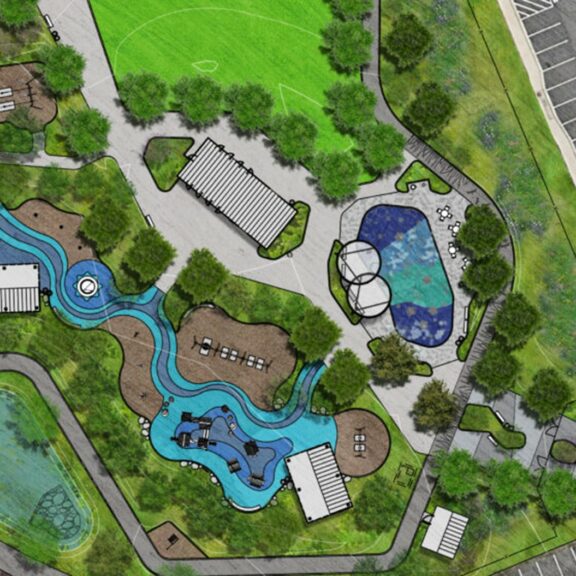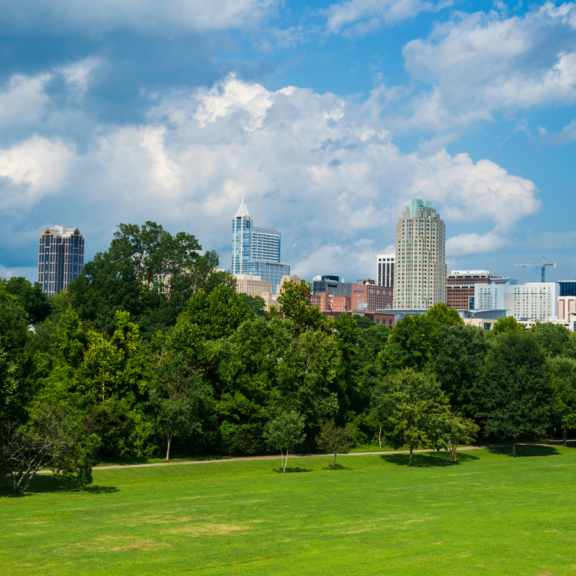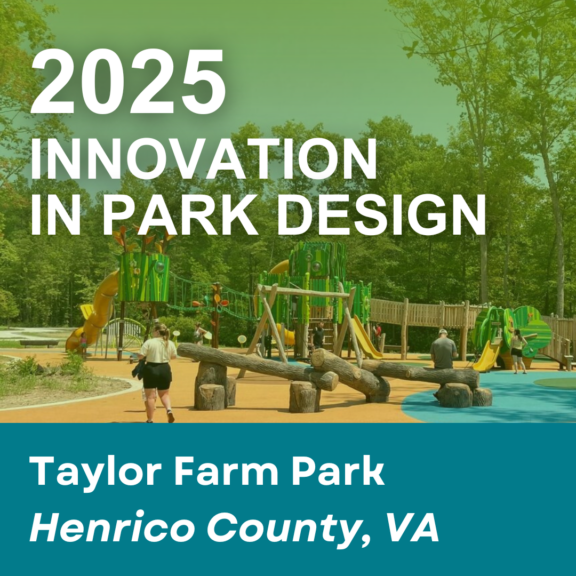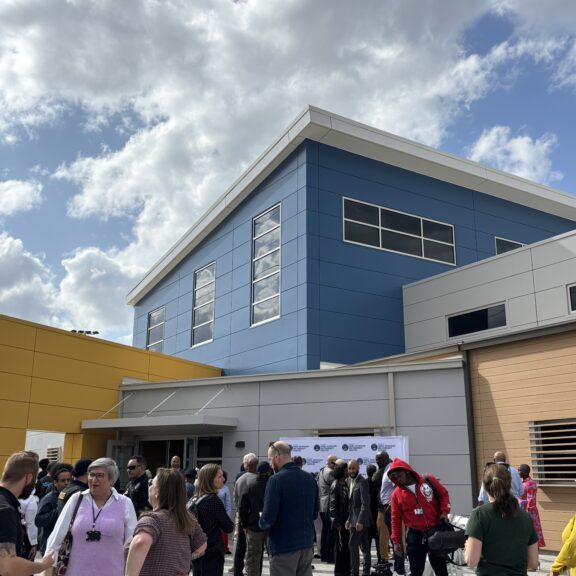The era of scalable park design is here, and it is giving leaders the tools to rethink recreation, community livability, inclusivity, and long-term investment.
Across Virginia, municipalities are tasked with designing parks that reflect the unique needs of their communities. Luckily, with so many design possibilities available today, parks can be tailored to scale for each setting, no matter the available acreage, budget, or resources. There is no one-size-fits-all approach to park design, and that’s not a drawback; it’s exactly what makes each community’s spaces unique.
At its core, scalable design recognizes that the needs of a dense urban neighborhood are different from those of a suburban county—and that both types of sites (plus everything in between) deserve spaces that encourage recreation and connection to community. The goal is not to compare one municipality’s resources to another’s, but rather to emphasize that no matter the resources available, any park can be created as a meaningful and enriching addition to a community.
Whether designed to host regional festivals or neighborhood gatherings, communities provide valuable input that allows design teams to meet people where they are.
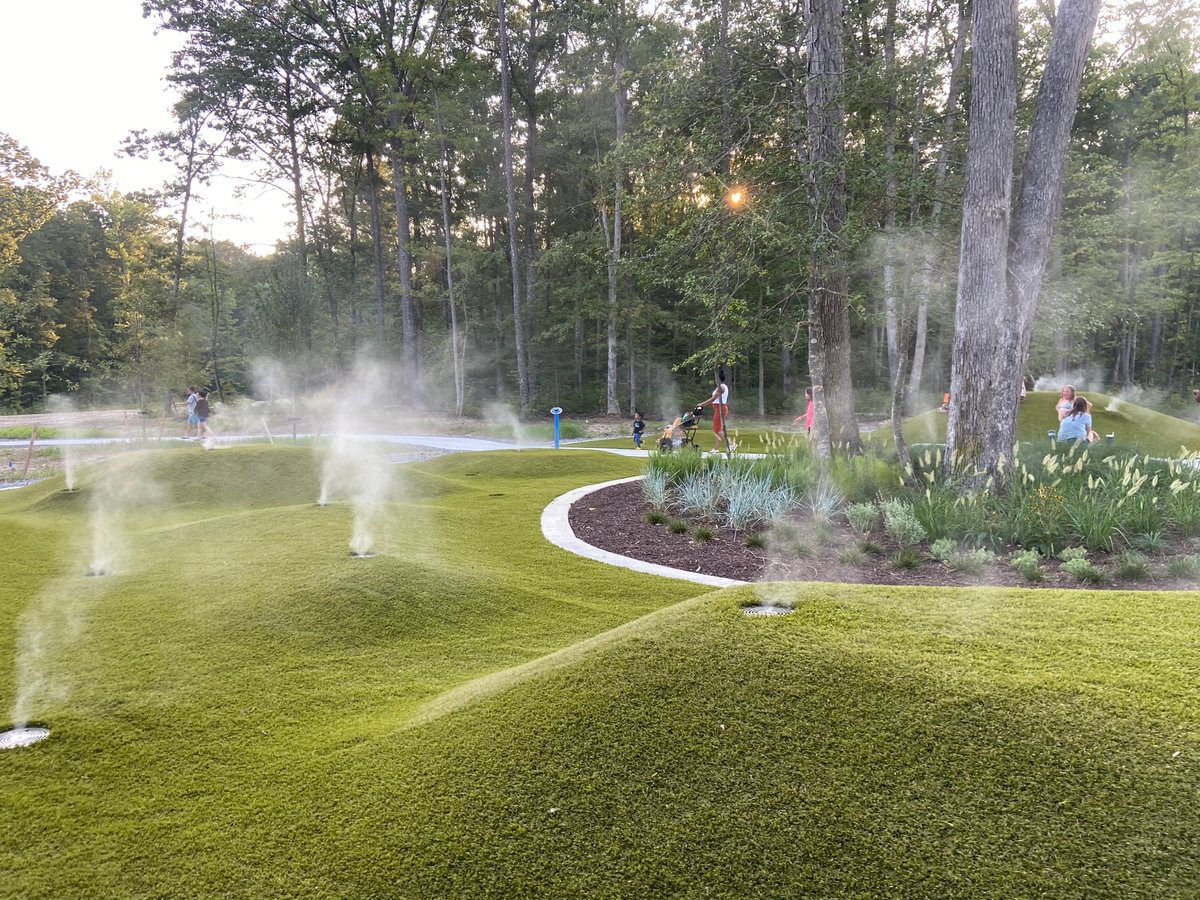
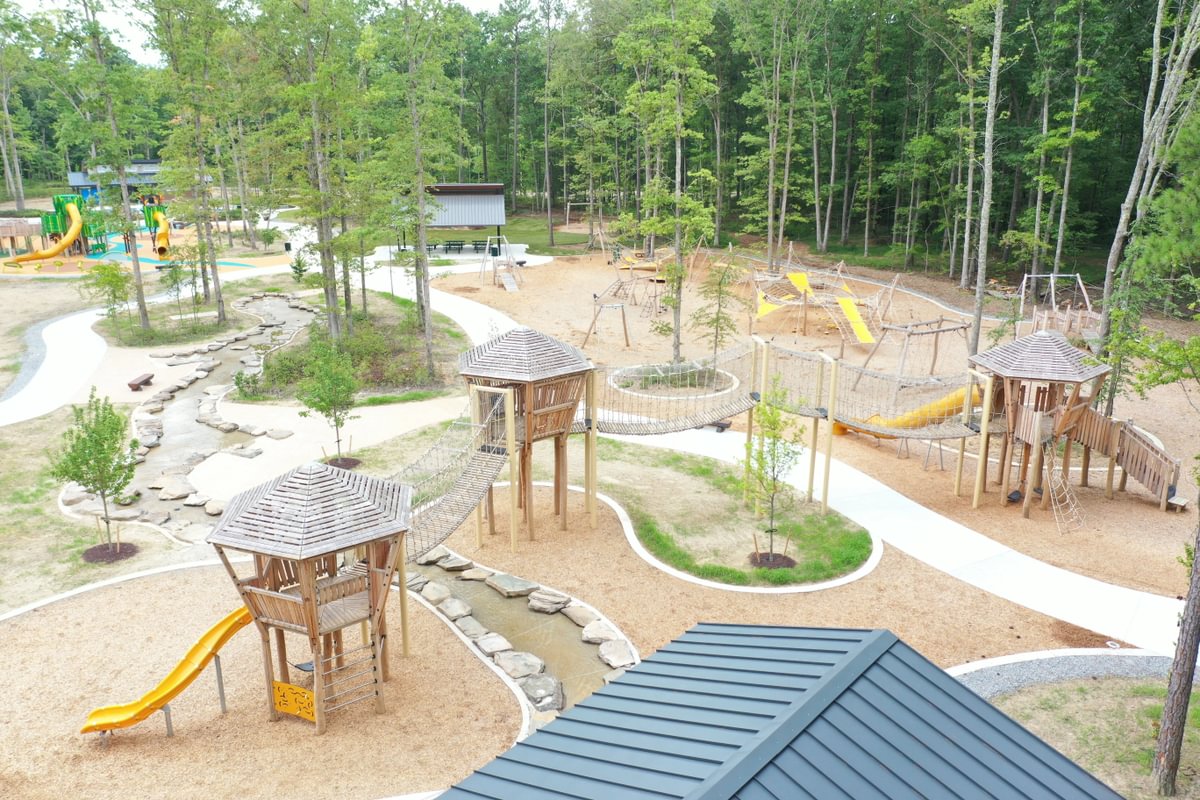
Taylor Farm Park in Henrico, Virginia sports a variety of amenities, including a spray park and nature-based play area.
A Regional Destination: Taylor Farm Park, Henrico County
Few parks embody the large-scale vision more than Taylor Farm Park, Henrico County’s first newly constructed park in more than 40 years. Opened in 2024, the nearly 100-acre site has quickly become a regional landmark, welcoming close to a million visitors in its first year of operation.
Taylor Farm Park demonstrates how large-scale parks can balance recreation with conservation, heritage, and accessibility. Roughly one-third of the site—acquired in 2016 from the Taylor family—is preserved as wetlands and streams, while its history as a family-owned farm on Henrico’s outer edge dating back to 1858 provides a strong cultural connection for the community.
The park is a case study in how regional-scale investment can create a “renaissance park”—a destination that offers nearly everything for nearly everyone. With extensive input from the community and hours of public engagement invested, Taylor Farm Park was designed to incorporate five distinct activity zones that highlight a variety of opportunities:
- Nature-Based Play and Exploration Area — includes a spray park, treehouses, and inclusive play structures that encourage creative exploration
- Active Sports Area — one of the largest public all-wheel facilities in the nation
- Memorial Garden and Lawn Area — flexible spaces for concerts and gatherings that honor the region’s military and public safety service members
- Taylor Farm Interpretive Area — celebrates the land’s agricultural history with gardens, demonstration spaces, and educational programming
- Neighborhood Activity Area — smaller play areas, open lawns, and a community plaza
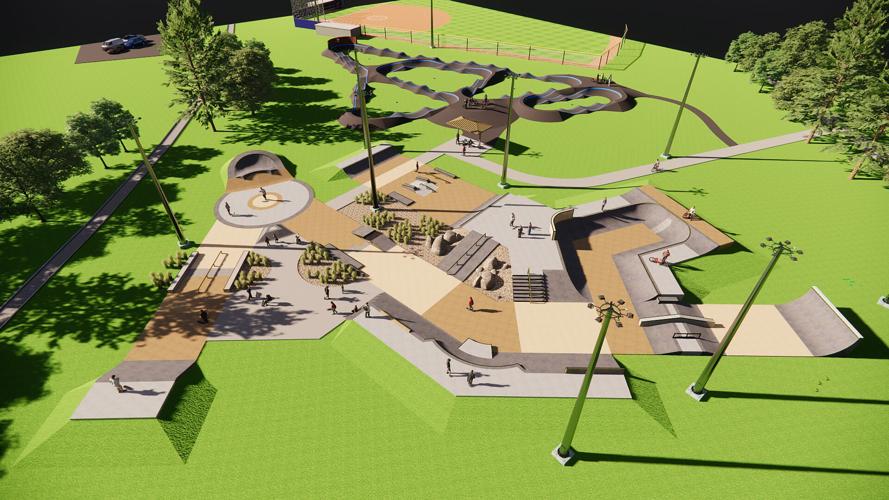
A rendering of Wasena Skate Park in Roanoke, Virginia, which is on schedule to complete by the end of 2025. (image courtesy of Pillar Design Studio)
A Neighborhood Investment: Wasena Skate Park, Roanoke
By contrast, Wasena Skate Park in the City of Roanoke displays how much impact a smaller-scale facility can deliver. At 24,000 SF, the park is modest in footprint and ambitious in purpose, and for Roanoke, it is a prime example of specialized recreation in an urban community.
A district of the larger Roanoke City footprint, the Wasena area is a tight-knit urban neighborhood with an emphasis on walkability, farm to table dining, and sports shopping. The addition of a skate park to the neighborhood has been long awaited by the community, and its design is a reflection of the hours of input and advocacy from residents who are invested in shaping their neighborhood. The skate park will be complemented by a new In-River Park just down the road, which will offer whitewater kayaking features as well as enhanced wading spaces and river play areas.
Opening in late 2025, the skate park is designed for skaters of all ages and skill levels, while also accommodating BMX riders, rollerbladers, and other wheeled sports. The facility will feature rails, bowls, boxes, and a pump track, giving local residents a safe and modern place to gather and practice their kickflips. Just as importantly, it will be free and accessible to the public, reinforcing the idea that parks—no matter their scale—are essential civic assets.
Designing for Scale and Community Impact
Traditionally, large parks were seen as the pinnacle of municipal recreation. While they remain valuable, there is growing recognition that smaller-scale facilities can be just as impactful. Instead of being limited by size, communities are embracing creativity and intentionality to maximize value in the space they have to work with.
Together, Taylor Farm Park and Wasena Skate Park illustrate the spectrum of opportunities available to municipalities today. One is expansive and regional in scope; the other is compact and hyper-local—yet both achieve the same goal of meeting community needs through intentional, scalable design.
Whether situated on 100 acres or a half-acre, and when designed with the community in mind, park projects offer functional, transformative, and adaptable recreation for all.


